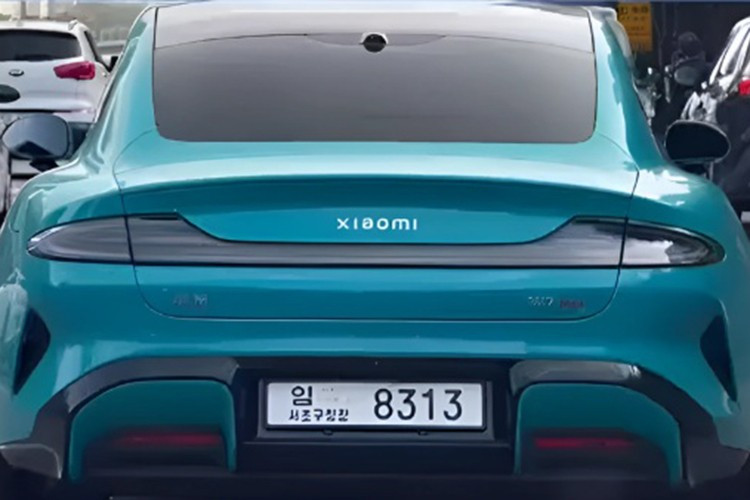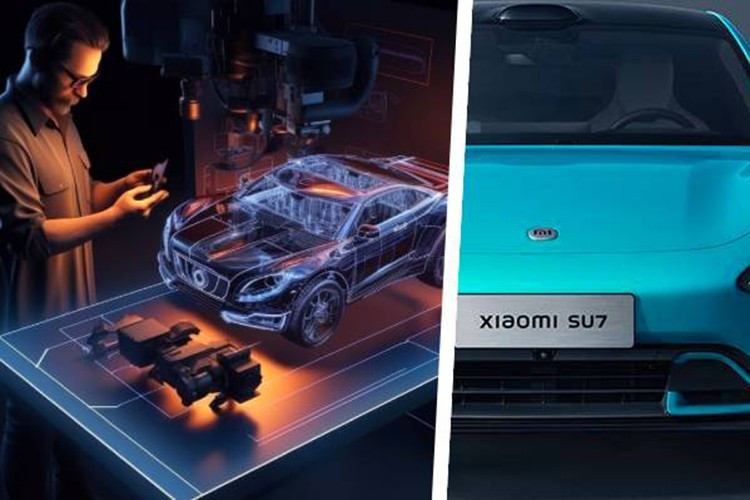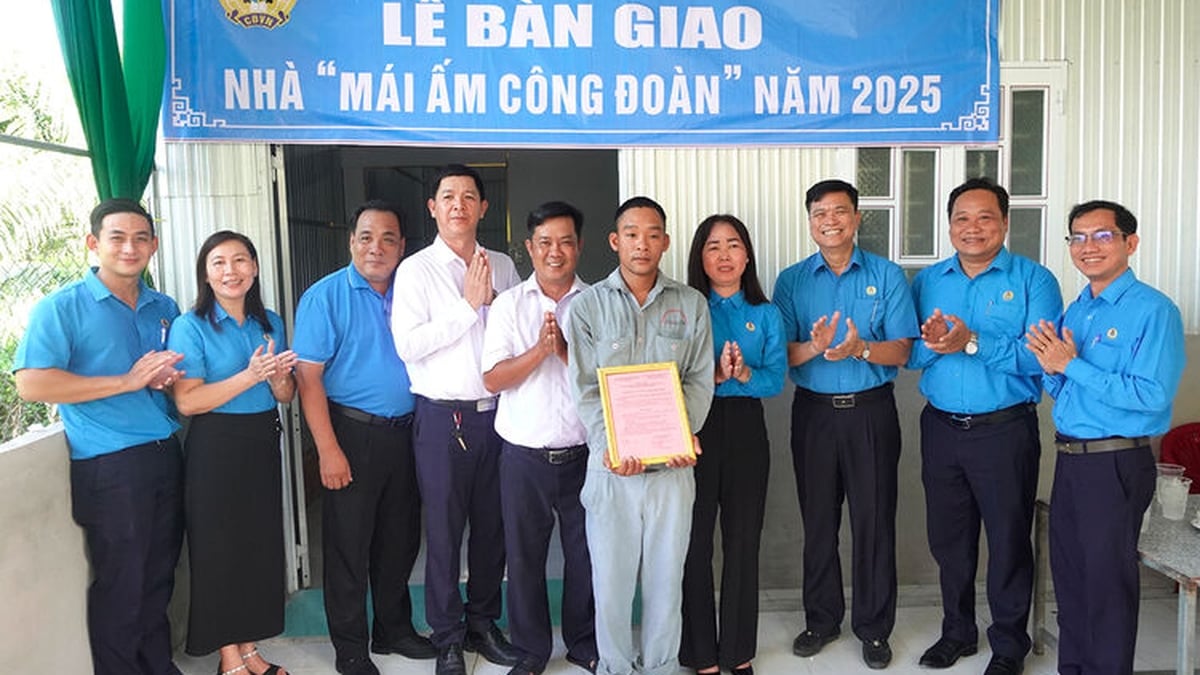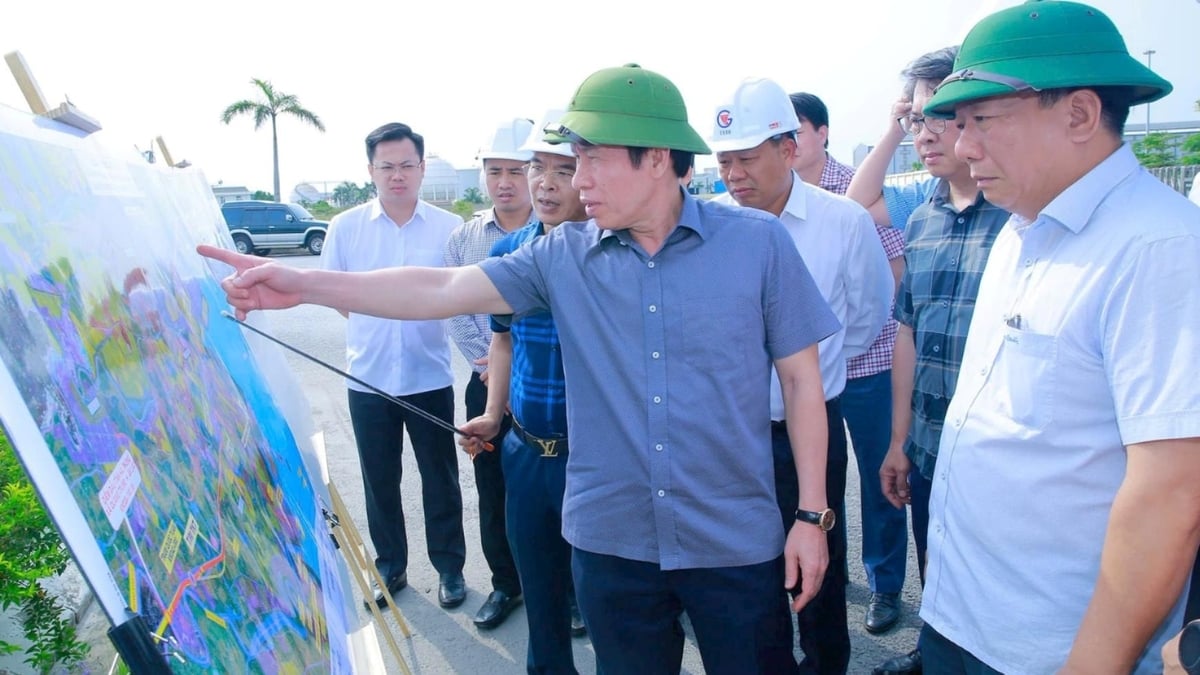Accordingly, on July 16, many people saw the Xiaomi SU7 Max being transported to Hyundai headquarters in Yangjae, Seoul. The car had a temporary license plate issued by Seocho district, for research purposes.
This move shows that Hyundai is expanding its research scope to foreign electric vehicles, especially those from China such as Xiaomi. Although not officially distributed in Korea, Xiaomi SU7 is imported by Hyundai specifically for product research and development.

Previously, Hyundai Chairman Euisun Chung emphasized the importance of maintaining a competitive advantage, not only with Tesla but also with emerging Asian electric car companies such as BYD.
In line with that direction, Hyundai has focused on investing heavily in tangible assets, including R&D facilities and research facilities. As of the first quarter of 2025, Hyundai's total tangible assets reached 44.8 trillion won (about 32.4 billion USD). In the first quarter alone, spending on tangible assets was 2.08 trillion won (about 1.5 billion USD), up 12% year-on-year.

Hyundai plans to invest a total of 24.3 trillion won (about $17.6 billion) in 2025, with nearly half going to research and development. The Xiaomi SU7, which is highly regarded for its HyperOS operating system and user interface, is said to serve as a reference for improving the infotainment system and connectivity platform on upcoming Hyundai vehicles.
Hyundai's proactive approach to and research on Chinese electric vehicle models such as the SU7 shows a change in product development strategy, and reflects the increasing competitive pressure in the global electric vehicle era.
Source: https://khoahocdoisong.vn/hyundai-am-tham-mua-xe-xiaomi-su7-ve-mo-xe-nghien-cuu-post2149041273.html



































































































Comment (0)